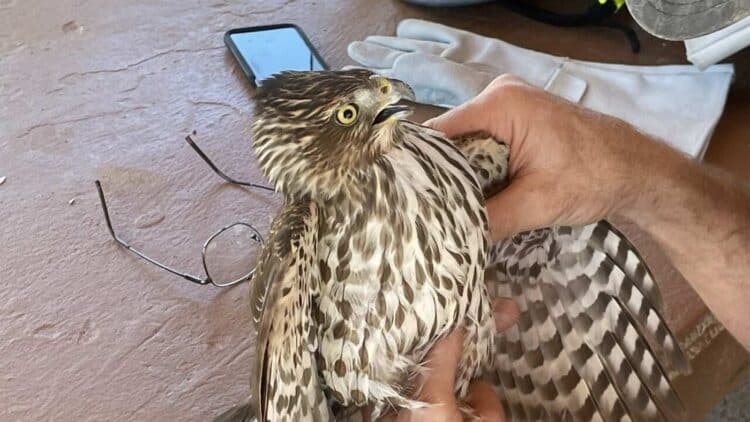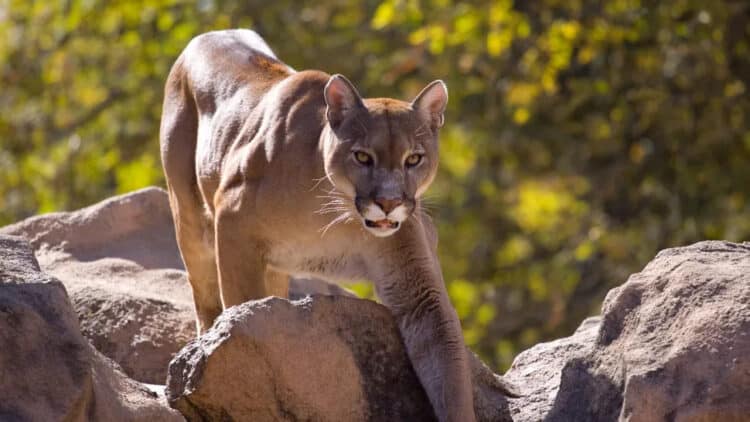“Midway Atoll is a collection of three small islands in the North Pacific, and one of the most remote places on earth… located near the apex of what is being called the Pacific Garbage Patch, a swirling soup of millions of tons of plastic pollution. In fact, much of this plastic can not be seen at all, but it can’t be avoided as it comes ashore on these pristine beaches and in the stomachs of the birds.”
National Geographic explains:
“An ocean gyre is a circular ocean current formed by the Earth’s wind patterns and the forces created by the rotation of the planet. The area in the center of a gyre tends to be very calm and stable. The circular motion of the gyre draws indebris. Debris eventually makes its way into the center of the gyre, where it becomes trapped and builds up. A similar garbage patch exists in the Atlantic Ocean, in the North Atlantic Gyre.
“Plastic products can be very harmful to marine life in the gyre. For instance, loggerhead sea turtles often mistake plastic bags for jellyfish. And many marine mammals and birds, such as albatrosses, have become strangled by the plastic rings used to hold six-packs of soda together… As microplastics and other trash collect on the surface of the ocean, they block sunlight from reaching plankton and algae below.”
Some readers might be familiar with the film’s director, Chris Jordan, from his stunning images of excess. He is a master of bringing numbers into perspective. From cigarette butts to mushroom clouds, Jordan brings our attention to the urgency of changing our behavior and, by extension, our world.

As the film’s narrator, Jordan eloquently poses a question that leaves me, for one, wondering.
Do we have the courage to face the realities of our time? To allow ourselves to feel deeply enough that it transforms us and our future?
More information can be found on the Journey to Midway website. Lead Image: Dead Albatross by Chris Jordan – where disposable lighters end up.
What you can do
Support ‘Fighting for Wildlife’ by donating as little as $1 – It only takes a minute. Thank you.






![Watch the Dramatic Rescue of a Leopard From an Open Well [Video] Image Credit : Wildlife SOS/Youtube](https://focusingonwildlife.com/news/wp-content/uploads/the-leopard-was-perched-on-dry-spot-inside-the-well-750x536.jpg)
Leave a Reply